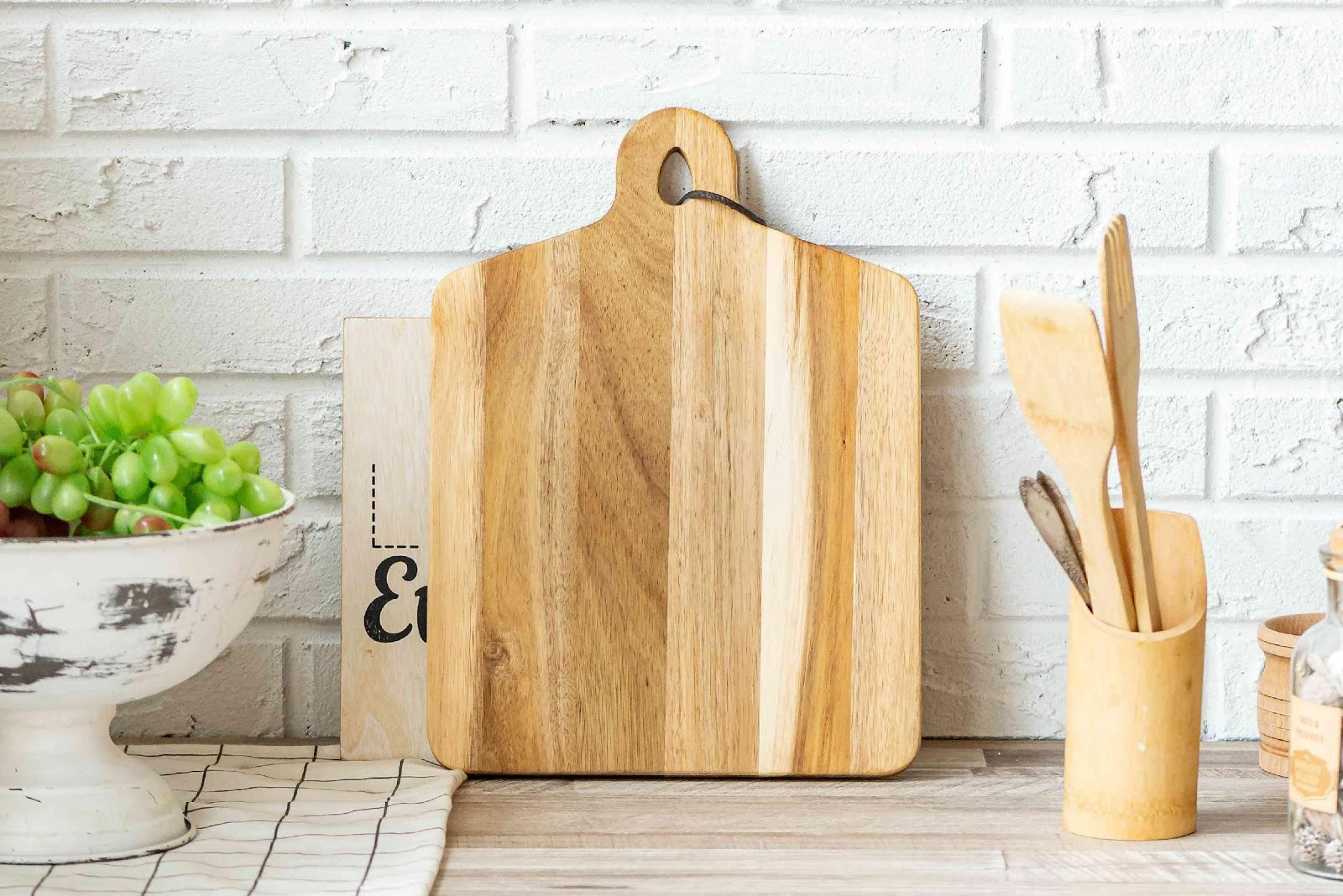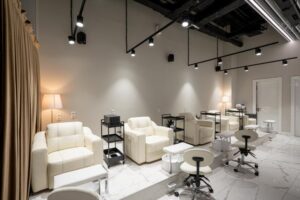Best Woods for Cutting Boards and Charcuterie Boards
Selecting the appropriate wood for your cutting and charcuterie boards is not a luxury but an essential aspect that determines their practicality as well as maintenance needs. The selection of a particular type of wood can significantly improve your results in preparing dishes and serving them, no matter whether it is done professionally or recreationally. It is therefore important to understand more about the woods, how they vary, and the effects they have in enhancing the durability of your boards and the performance of your knife.
To make the process easier for you, in this guide, we will expand on why wood selection is crucial, the best woods for cutting boards, exotic woods to consider, and the best woods for a charcuterie board. Further, we’ll provide basic guidelines on proper maintenance of your wooden boards that will help you keep them not only useful but also beautiful for as long as possible.
Why Wood Selection Matters
Selecting the right type of wood for the cutting and charcuterie boards aims at providing the best performance of the cutting boards as well as their longevity. Various characteristics of wood including its hardness, grain, and porosity affecting the performance of the board are also looked at. There are non-toxic and non-reactive cutting surfaces that are also harder and do not easily show markings by knives which are preferable for easy renewal of the surface of the board.
Conversely, compact forests are capable of minimizing bacterial growth, which would be beneficial for food hygiene. Furthermore, the grain and porosity of the wood can also be seen and they have an impact on how clean and easy it is to maintain the board. Thus, considering all these factors, you would be able to select a board that would not only be appropriate for your particular requirements when it comes to cooking but would also not lose its aesthetic and functionality over some time.
This knowledge will help you make a good decision and direct your purchase to a board that suits your culinary and aesthetic taste.
Best Woods for Cutting Boards
When it comes to choosing a cutting board, flat surface and portability take the highest priority while knife resistance takes the second place. In the list of favorite woods, maple occupies a leading position due to its density and non-suitability for cutting. Its non-porous nature makes it less effective for the growth of bacteria and thus improves food hygiene. Similarly, Walnut is one of the best options due to its dark brown color and fine grain that minimizes the chances of knife marks while enhancing the wooden plate’s aesthetics
Cherry wood used in cutting boards is very hard-wearing and with age, it acquires a rich finish that will make your kitchen instruments distinctive. Each of these woods has its benefits and is effectively used to guarantee that you are not only receiving a functional board but also a board that complements and improves the design of your kitchen over time.
Exotic Wood Cutting Boards
For people interested in investing in different and eye-catching boards, exotic woods could be a good choice. Exotic woods used in making the cutting boards come in patterns and colors that enhance the sophistication of your kitchen. Teak is particularly favorable because it contains a high amount of oil, so it effectively protects against water or bacteria, lasting longer. Likewise, End-Grain Bamboo, despite being classified as a grass, has an end-grain structure that is knife-friendly and is also environment-friendly, thus it can be categorized as a green product.
These are not only utilitarian but also useful woods for home interior spaces with clarity to the design of your kitchen. Being produced from exotic woods means that you get boards that are not only beautiful to look at but also very efficient in their performance.
Top Woods for Charcuterie Boards
Charcuterie boards must be durable as well as aesthetically pleasing; therefore, the option of wood cannot be overemphasized. Olive wood is ideal because of its grain pattern, which makes it a perfect centerpiece for serving platters’ aesthetic appeal. It is also very dense and hard-wearing so it is capable of withstanding regular use and still retain its sophisticated appearance. Another popular choice is Hickory because it has strength and durability to it as well.
This wood is ideal for certain boards that are commonly used and require a raw, tough appearance. Hickory is moderately hard, very resistant to wear, and boasts a natural grain that adds to the visual flair of the board. Olive wood and hickories give both usability and aesthetics in enhancing your charcuterie shows and guarantee that your board is functional as well as appealing.
Caring for Your Wooden Boards
It is crucial to provide adequate care to wooden boards to make them last longer in terms of appearance and functionality. To clean your boards, therefore, you should employ a mild soap and warm water which should not be allowed to sit on the wooden surfaces for long so as not to weaken the wood further. Lastly, clean the boards, then thoroughly dry them to avoid any damage resulting from moisture.
Another secret to preserving the wood is the periodic application of food-safe mineral oil. It assists in maintaining the moisture level of the wood to ensure that it does not crack and become too hard. When incorporating these easy-care practices into your daily regimen, you secure your boards’ longevity both in terms of pleasing aesthetics and usability. Maintenance is not only beneficial for the appearance of the wood which retains the natural look, but also for the longevity of the boards, achieving the desired return on investment on the usage of high-quality products for cutting and charcuterie boards.
Conclusion
Picking the proper type of wood for your chopping and cheese boards boosts up their function and durability. Thus, knowing the characteristics of different woods and taking proper care of the boards guarantees not only their aesthetic appearance, but their functionality in the kitchen as well. Whether you abide by tradition and opt for maple or deviate with teak, the perfect board is one that will see a dramatic difference in your tasks of cooking and serving. It is time to use high quality wood boards for better cooking and to get the beauty and efficiency that has been missing from your kitchen.




